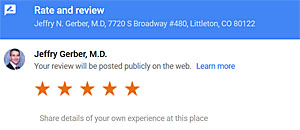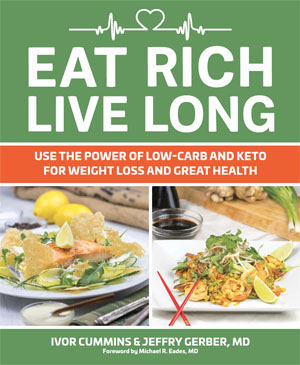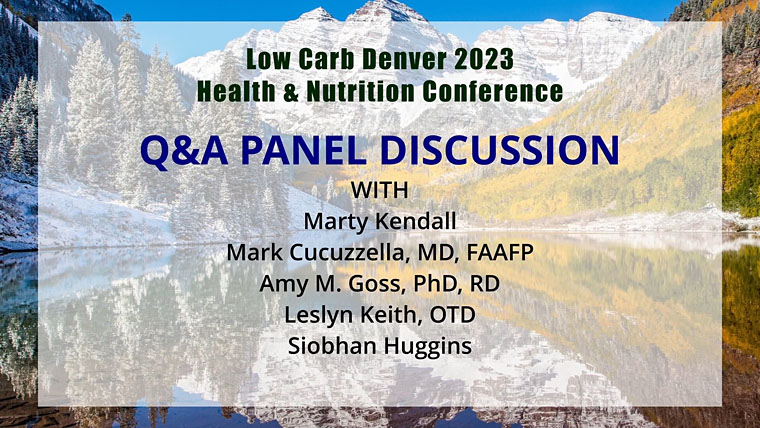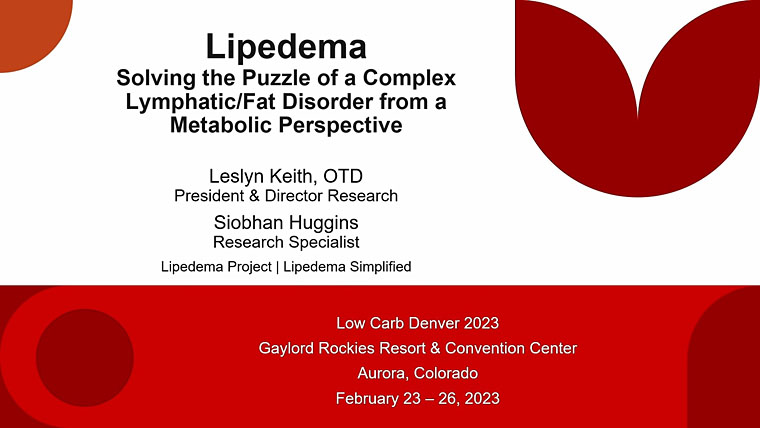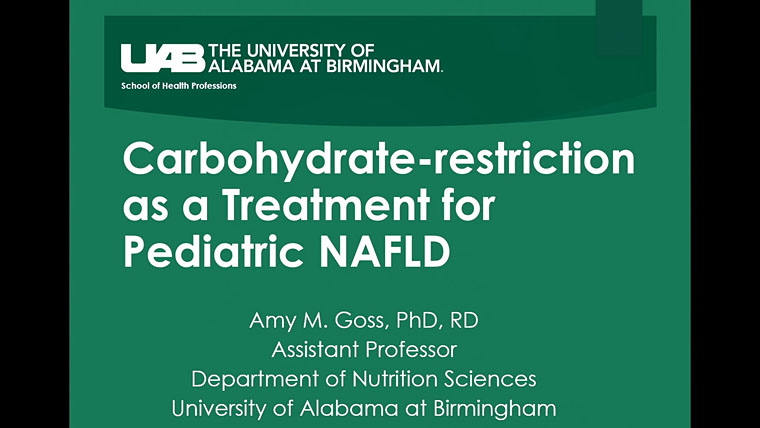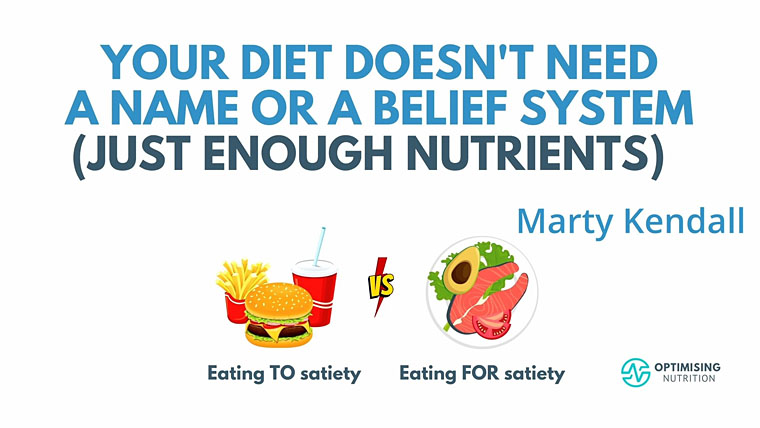
Hello all! I’m Erynn, the Paleo and nutrition-friendly PA that recently started working with Dr. Gerber. For the past few weeks, I’ve attended the Friday afternoon low-carb support group in our office and heard the same question from a few people: What is the difference between Paleo and low-carb? There is quite a bit of overlap between the two lifestyles (NOT the dreaded D-word, diets!), but a few key differences are as follows:
[unordered_list style=”green-dot”]
- Paleo is not necessarily low-carb. On a Paleo diet, for those who do not have insulin resistance or weight issues, carbohydrates such as sweet potatoes and fruit are considered healthy and encouraged.
- The jury is out on dairy in a Paleo world. It can be a very healthy addition if well tolerated by your body, and is a great source of fat for the low-carbers. However, some folks just don’t digest it well, and some consider it an inflammatory food, so there is some question about it in Paleo-land.
- Food quality is of utmost importance in the Paleo world. As great as low-carb can be for your health (especially if you are losing weight on it! Go you!), there are some questionable ingredients in some of the low-carb books out there. I was reading through one that suggested using “Low-carb bake mix” to which I replied, “What the heck is IN that?” Personally, if it’s not ACTUAL food, I don’t want to eat it (okay, most of the time).
[/unordered_list]
This last bit about food quality is what I want to discuss today, specifically the concept of “Nutrient Density.” Wikipedia (which we all know is always reliable!) defines nutrient density as “the ratio of nutrient content to total energy content” in a food. Generally, nutrient dense foods have a lot of good stuff in them but are not often high calorie foods. What does this mean? More bang for your buck, basically! Granted, not all nutrient dense foods are low-calorie, but that’s okay! These foods are often self-limiting: you receive so much nutrition from a nutrient dense food that you don’t have to eat a ton of it to feel satisfied! A Paleo diet consists primarily of meats, fish, vegetables, fruit, nuts and seeds, and healthy fats. When it comes down to it, ALL of these foods are nutrient dense compared to the standard American fare that most of us were raised on.
So wouldn’t it make sense, then, that if we were constantly eating empty, nutrient-poor foods, such as refined grains, sugar, and processed seed oils, we’d be hungry? There are no nutrients in these foods, just calories, and more calories, and then some more calories! So you eat these foods, you feel energetic for a short period of time, you start to digest your food, your body secretes some insulin to help store the “nutrients” you’re giving it, and then only junk gets stored minus all of the vitamins, minerals, and other substances your body needs to function. Your cells are waiting for these key building blocks your body needs to function, and you’re not providing them. And then how do you feel, pretty soon after you ate? You feel HANGRY. That’s right, hungry and angry. Who wouldn’t feel angered by spending your hard-earned money on food that provides you no benefit whatsoever?
Several members of the Paleo clan out in cyber space have coined the term “Nutrient Seeker.” This concept is too cool. Think about it: You wake up every day, energized from your restful night’s sleep. You brush your teeth, comb your hair, start prepping your eggs cooked in coconut oil. You think, “Today I will save the world! I will fight crime! I will SEEK NUTRIENTS!!!” Okay, maybe you’re not this gung-ho, but think about how great it would be to fuel your body with the most nutrient-rich foods available!
Dr. Gerber and I both attended the PaleoFX conference this spring (which is where we met, actually!). At the conference, there was a panel of experts that specifically discussed nutrient dense foods and what this means for your overall health. At the end of the panel, the experts were asked to list which foods they felt were the most nutrient dense. Together, they compiled the following list:
Liver, Bone broth, Fish/shellfish, Grass fed beef, Kale, Eggs, Coconut oil, Fermented Foods
Now I realize that to some of you, liver and bone broth may not be the most appealing sounding foods. But remember, you are nutrient seekers now! And these foods are SO good for you. To break it down, these are the most prominent nutrients in each of these super foods:
Liver: Loaded with fat soluble vitamins (A, D, E, and K), Vitamin B12, folic acid, iron, and copper
Bone broth: Gelatin/collagen (great for digestion, bones/joints, and skin- think about all of those expensive collagen-based skin treatments, ladies! Drink some yummy broth instead!), calcium/magnesium (helps prevent osteoporosis), sulfur, trace minerals (instructions on how to make bone broth here).
Seafood: Omega 3 fatty acids, Vitamin B12, selenium (supports the thyroid!), vitamin D, zinc (especially high in oysters!), iron
Grass fed beef: Omega 3 fatty acids, amino acids (what make up protein), B vitamins, Vitamin E
Kale: Vitamins C, A, K, antioxidants, and calcium (your green leafy things are higher in available calcium than (gasp) dairy!)
Eggs: Vitamins A and D, choline (for a sharper mind so you can impress all your friends with your quick wit and ridiculously good memory!), selenium, lutein (for healthy vision)
Coconut oil: helps absorption of other foods, which is why it’s important to eat your veggies with fat for the best absorption.
Fermented foods (sauerkraut, kimchi, kombucha)- the bacteria aid in digestion, which in turn aids in absorption of nutrients. Having a small spoonful before meals is great! Thanks, little buggers!
I feel dairy deserves an honorable mention here as well, as many of our low-carb, high fat patients eat dairy as a regular part of their diet. Dairy is high in Omega 3 fats and fat-soluble vitamins (A, D, E, K).
By no means is this list complete- several other honorable mentions as far as nutrient dense foods are ALL green leafy vegetables, berries, bacon (according to Mat LaLonde’s nutrient density talk- check it out here) and chocolate (wait, did she say CHOCOLATE? YES!).
Remember, food quality is important. If your budget allows it, eating grass-fed beef over conventionally raised, pastured eggs over regular, organic produce (especially things without a peel that you remove), and grass-fed, organic dairy, do it! Because as you’ve heard before, you are what you eat (and what you ate ate).
So, fellow cavemen and women, I challenge you when you’re hunting, gathering, and foraging for your next meal, to do something nice for yourself and your family: Be a nutrient seeker!
More resources on this topic can be found here.

